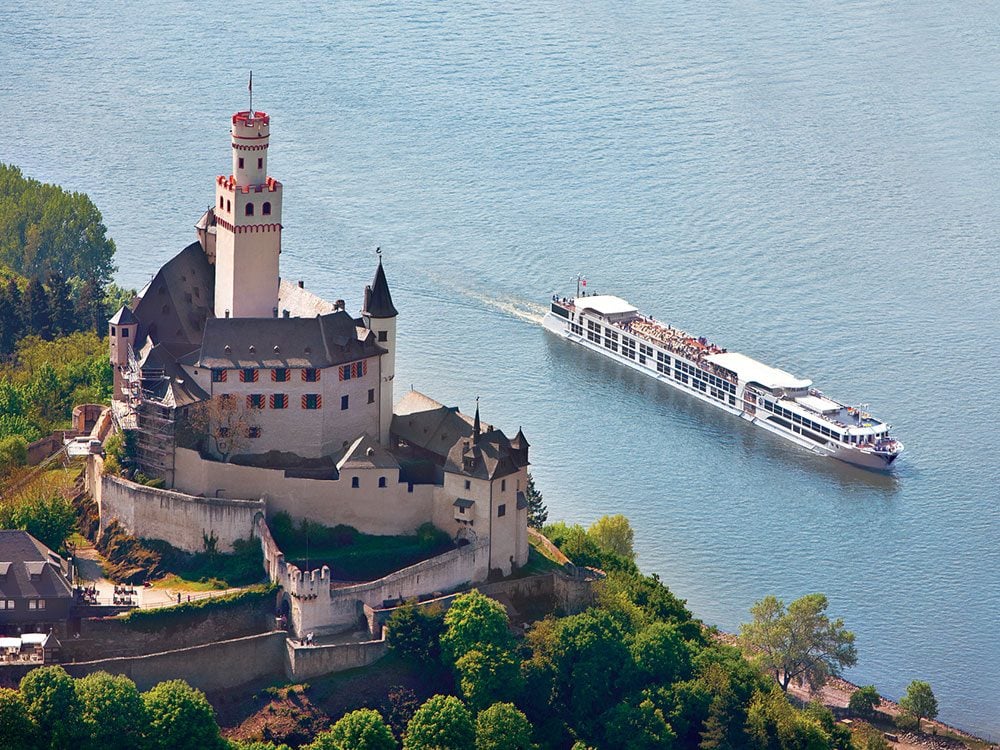
1. Prepare for an intimate experience on board a European river cruise.
Riverboats are small affairs that generally hold fewer than 150 passengers. Given the intimate size of the group, you’ll likely form bonds with your fellow travellers—and the ship’s staff—by journey’s end. There are no formal nights; the vibe is very laid-back, and you’re left to decide whether you want to explore each port on your own, join an excursion, or simply relax onboard when you’re docked. Suffer from motion sickness? That’s usually not a problem on a European river cruise. Riverboats are extremely stable and glide slowly through the waterways so you can take in the sights at a leisurely pace.
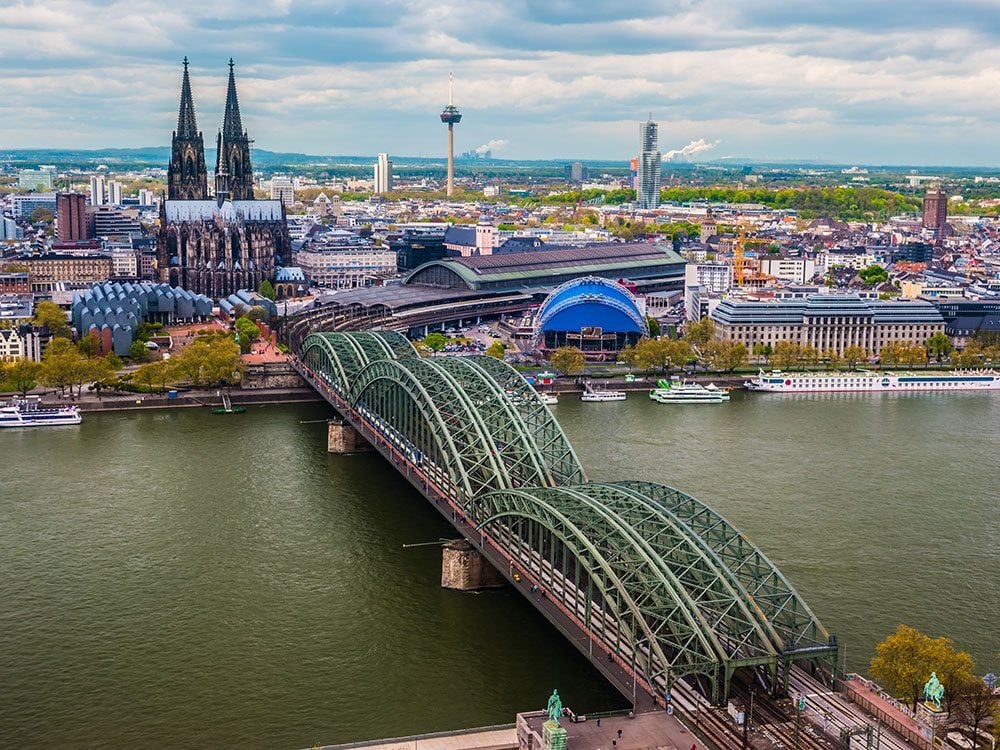
2. Comparison shopping pays off.
With so many European river cruise lines to choose from, it’s wise to do research online to compare similar itineraries before you book. The best part about the riverboat boom? Now that cruise companies are competing for your business, they’ve stepped up their packages. “Package deals that include free or reduced airfare or complimentary extras on board can help reduce costs significantly,” says Lisa Norton, a vice president at Emerald Waterways. Just don’t expect the kind of bargain-priced packages you’ll find on big ocean cruises. River cruises tend to cost more per person than their super-sized counterparts, but deals can still be had if you shop around on portals like CruiseCompete—a great first-stop in comparison shopping.
Insider tip: There are typically no hidden fees on European river cruises, but tips for the crew are not included.
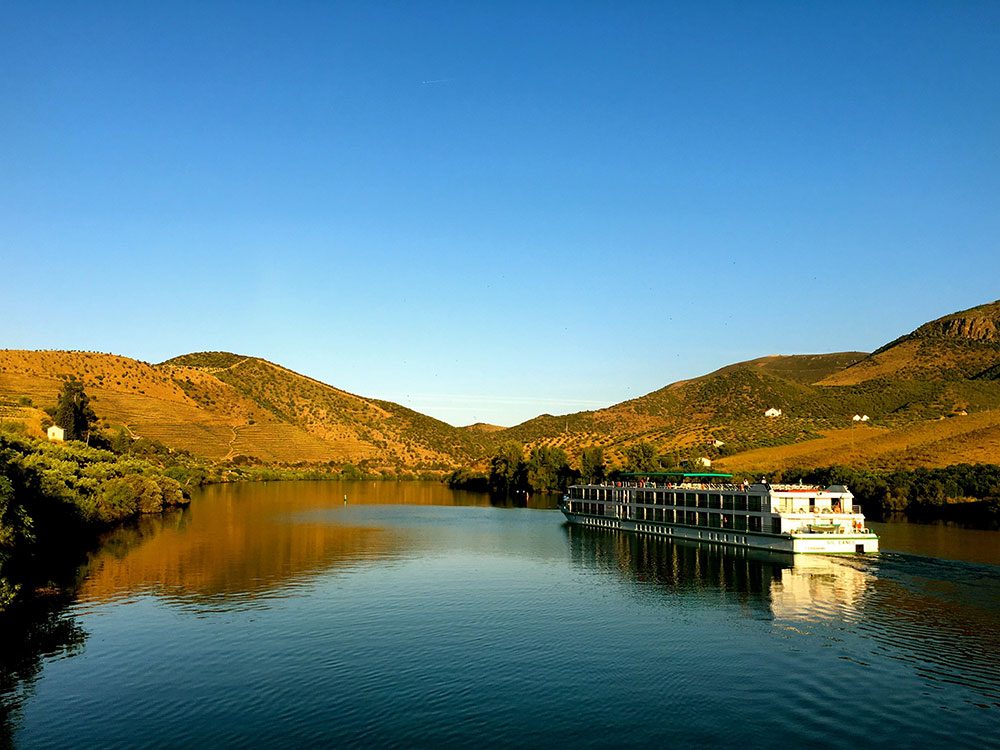
3. Book a European river cruise far in advance.
“Fall is a popular time to book a European river cruise for the following year,” says Norton. “Companies are typically offering strong promotions then, and a good selection of inventory is still available.” Missed out on fall bookings? Try your luck early in the new year. According to Norton, that’s when cruise lines are announcing their itineraries for the next year. Since riverboats have limited occupancy, the best ones can sell out fast.
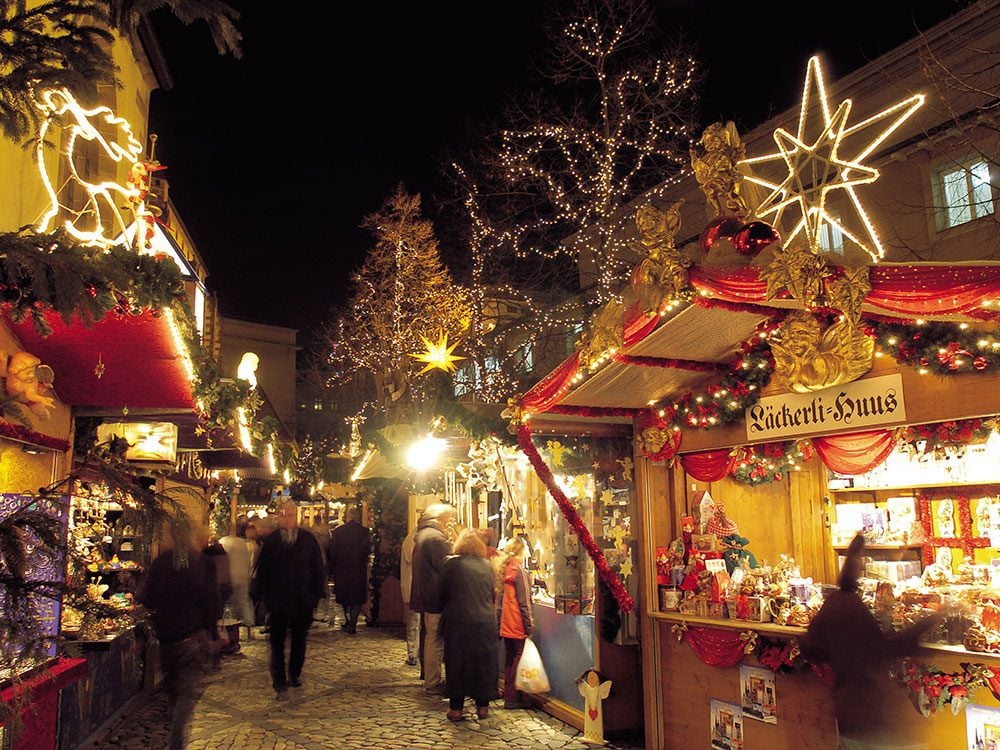
4. Some destinations are best experienced in a particular season.
Another thing you’ll need to consider is the time of year you’d like to book your European river cruise. Though Europe’s weather doesn’t fluctuate as wildly as Canada’s, different seasons present unique travel experiences. In spring, you can take Holland’s Tulip Tour; in the fall, you can join in Germany’s Oktoberfest celebrations. Bonnie Carroll of Life Bites News really enjoyed the Christmas Craft Markets tour with Viking River Cruises. “We stopped in Regensberg and Budapest while cruising the Danube,” Carroll says. “It was a cozy and up-close look at their unique arts, and the samples of delicious area cuisine and wines were absolutely delightful.”
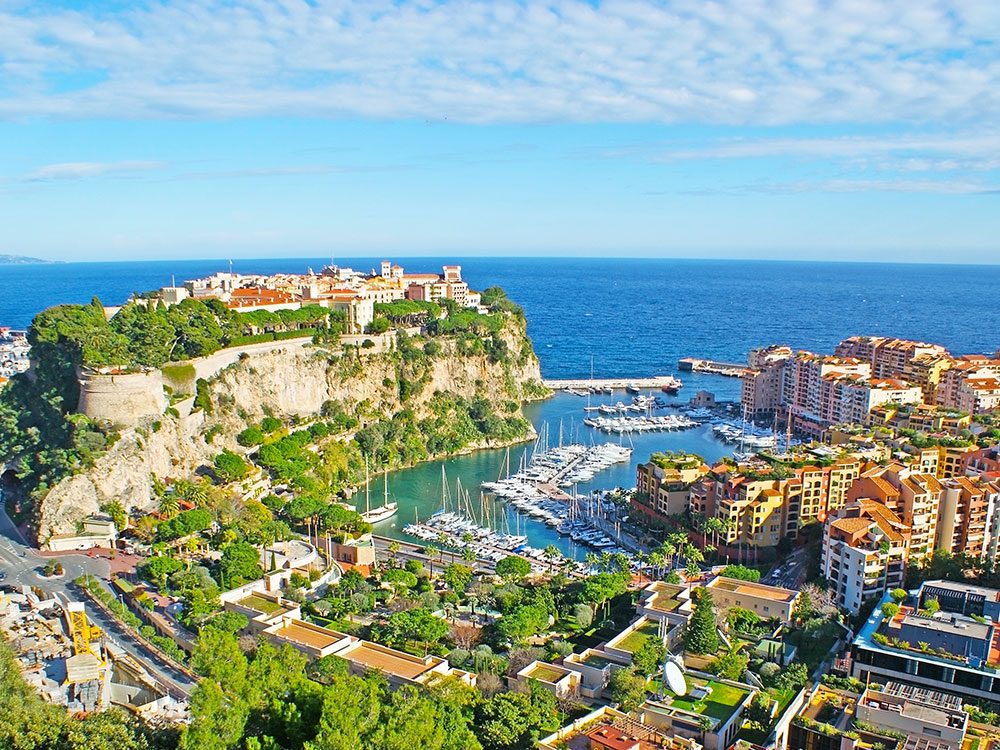
5. You can customize your European river cruise itinerary.
Pre- or post-cruise extensions allow you to tack on some extra days and destinations at a modest additional cost. Travel writer Irene S. Levine of More Time to Travel took Grand Circle Cruise Line through Burgundy and Provence, then opted for a “very affordable” three-night post-cruise extension in Nice. “From there, we were able to explore three additional cities by motor coach: Monaco, Antibes and Cannes,” Levine says. “All the logistics were taken care of by the company—including city tours—so we had more time to immerse ourselves in the fabulous food and culture of the region.”
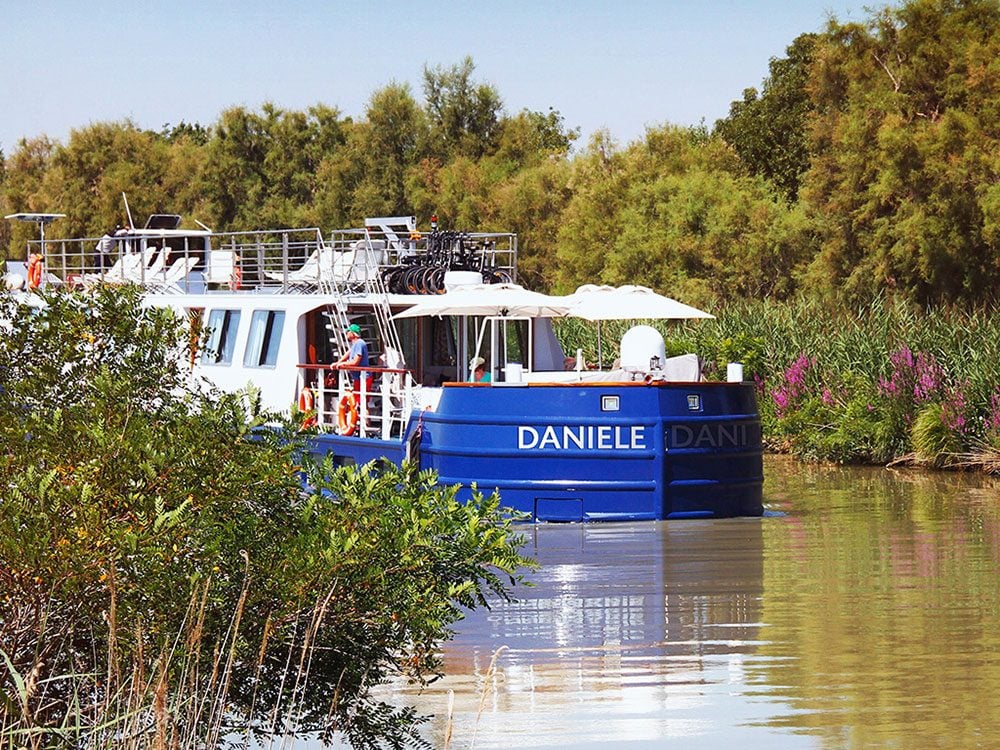
6. Not all European river cruises cater to the same demographic.
European river cruises are a popular option for seniors, but active baby boomers have also begun boarding in droves. In an effort to accommodate all passengers—regardless of energy level or physical fitness—savvy cruise operators offer a variety of land excursions. Some cruise lines, like G Adventures, have even started catering to millennials. G Adventures’ Burgundy cruise includes biking, hiking and other active adventures designed to appeal to young adult travellers. Regardless of age, if you’re seeking nightlife, book a cruise that stops at cosmopolitan cities so you can disembark to bar-hop while the ship is docked overnight. (Many riverboats don’t travel in the dark, so you can get back on-board even in the wee hours!)
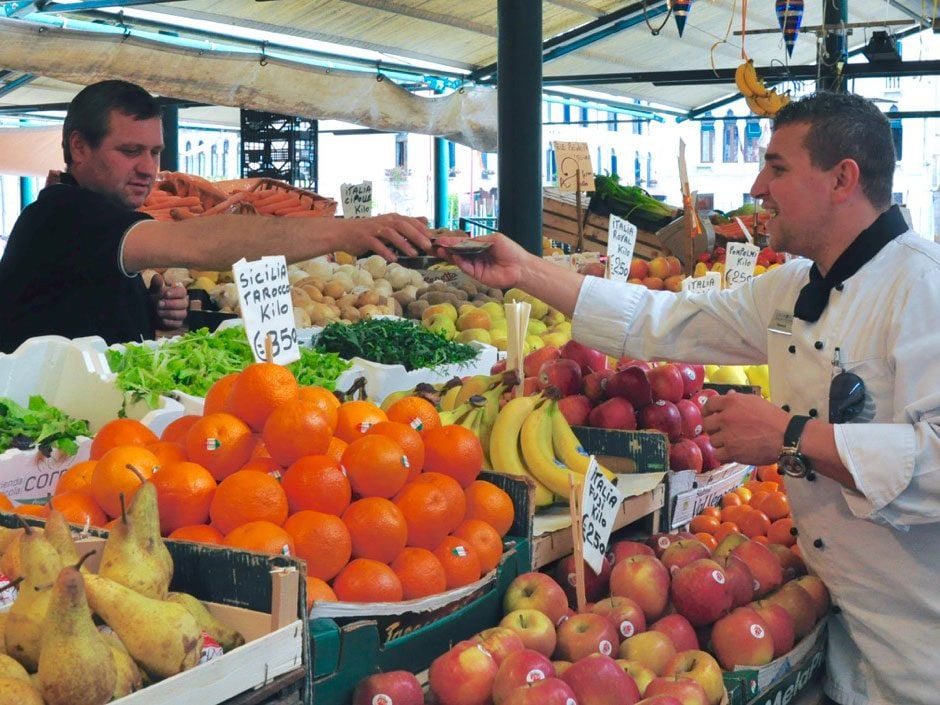
7. Prepare to treat your tastebuds.
Although you might expect jumbo-sized cruise ships to have the best dining options, the culinary offerings on boutique-sized ships can actually be more seasonal, more authentic, and more relevant to your current port-of-call. Michele Peterson, a travel writer at A Taste for Travel, says, “Large cruise ships provision for thousands of guests in advance, whereas more intimate luxury ships like Uniworld’s River Countess can source locally and seasonally as they go.” According to Petersen, guests are sometimes invited to join the ship’s chef on a tour of the local outdoor market (as seen here). “During my recent “Splendors of Italy” cruise featuring the Po River and Venice, dishes with polpo (octopus), castraure (artichoke buds) and other ingredients from Venice’s Rialto market were often featured on the menu,” she says.
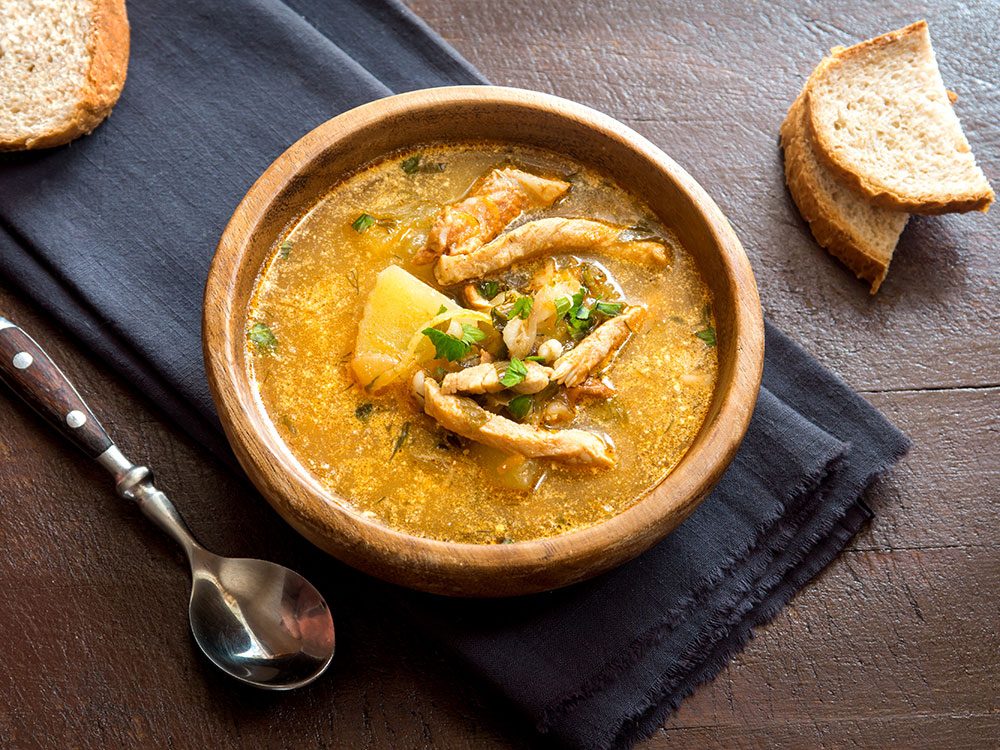
8. Seek out themed itineraries.
Maybe your goal is simply to see some of Europe’s most stunning scenery from the water. But if your life’s passion is history, cuisine, photography, wine or art, there are themed cruises that specifically cater to your interests. For one-of-a-kind cultural explorations, Vantage Deluxe World Travel cruises offers a program called “Cultural Connections,” with itineraries that focus on activities unique to a particular port of call. That could mean taking part in a wreath-laying ceremony in Normandy, or sharing the table in the home of an Irish family for a traditional home-cooked meal.

9. Consider family-friendly options for European river cruising.
At first blush, a European river cruise doesn’t sound like something children would enjoy much, but there are operators that specialize in creating voyages that appeal to youngsters. These itineraries often take the ship through storybook towns and enchanting castles that look like something right out of a Hans Christian Anderson fairy tale—or a Harry Potter film, for that matter! In fact, Disney has recently jumped on board with Adventures by Disney via AmaWaterways. When you’re not disembarking to explore one of the itinerary’s family-friendly attractions, kids on this cruise are kept entertained with treasure hunts, baking classes, karaoke, movie nights and crafts workshops.
Check out our 13 Tips for Surviving a Disney Cruise With the Kids!
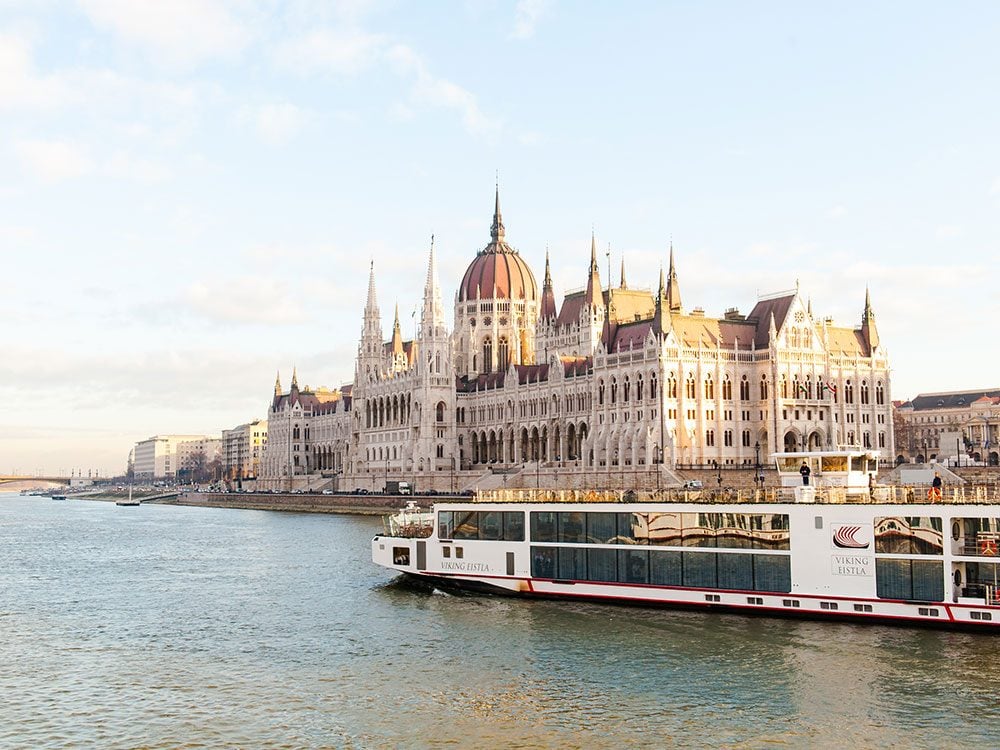
10. Do extensive homework before you book.
There are plenty of online resources to check out first-hand experiences and reviews of the European river cruises you’re considering. Sites like TripAdvisor and the message boards on Cruise Critic are great places to start. You should also check Government of Canada travel advisories for destination alerts for the ports of call on your itinerary before you book.